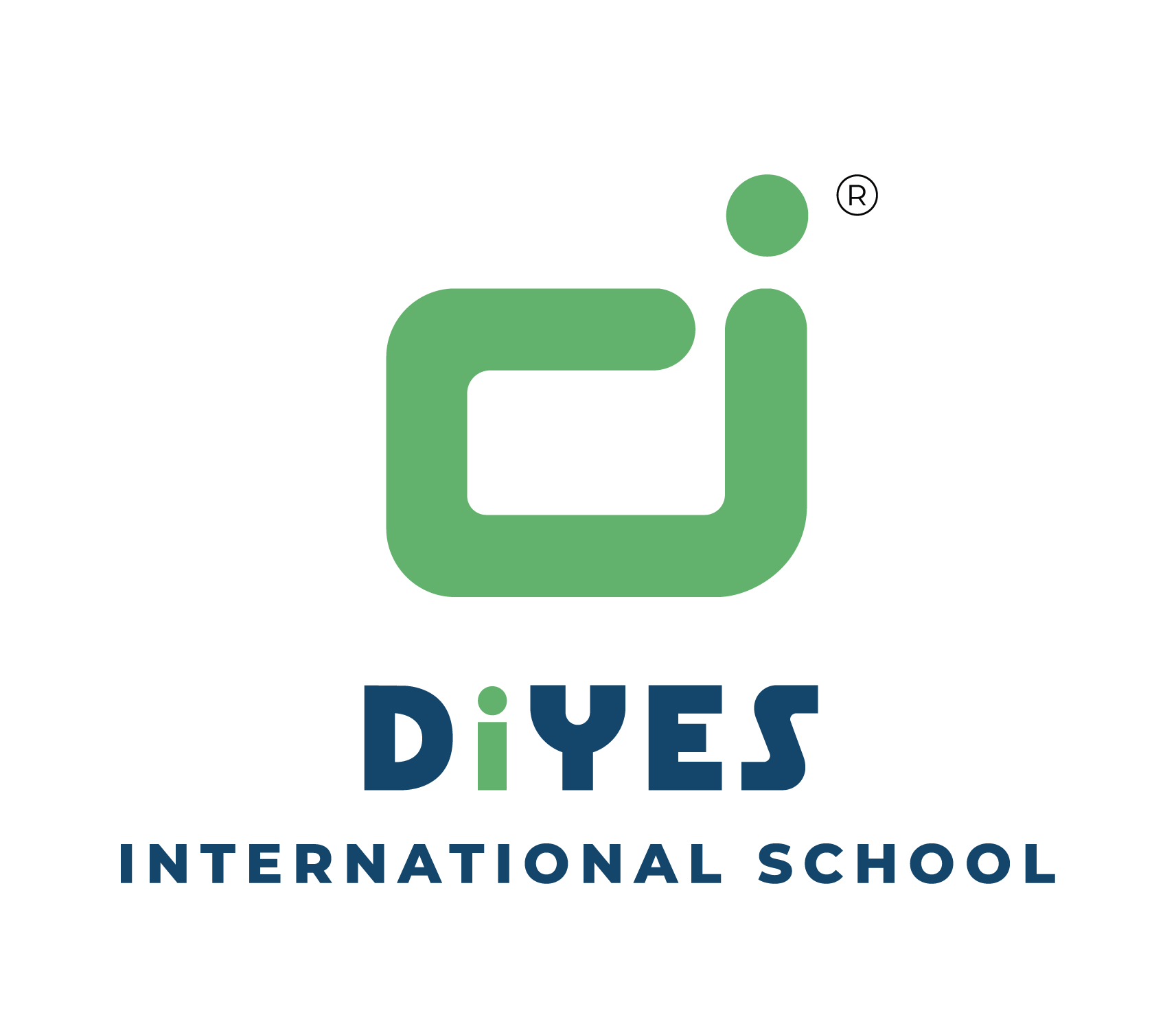In an era defined by technological advancements, the role of Coding and Computational Thinking in Education has become increasingly crucial. Beyond just technical skills, these concepts nurture problem-solving abilities and creative thinking. This blog explores the multifaceted importance of Coding and Computational Thinking in Education, delving into their practical applications, their impact across industries, and how they shape the future workforce.

As the world hurtles towards a digital future, understanding coding and computational thinking is akin to holding the keys to innovation. This blog navigates the landscape of these skills, uncovering their diverse applications, their transformative impact on various sectors, and their pivotal role in preparing the future workforce.
Amidst the complexities of the modern digital landscape, a key cognitive approach has emerged. Prioritizing logical reasoning and systematic problem-solving, computational thinking transcends traditional boundaries. But what exactly is computational thinking? It’s a problem-solving mindset inspired by computer science principles, breaking down intricate tasks and fostering critical thinking applicable across diverse disciplines in our increasingly digital world.
Decoding Coding: From Language to Opportunity
Coding is more than a technical language; it’s a gateway to unlocking creativity and problem-solving. This section explores the essence of coding, its practical applications, and how proficiency in this language opens doors to diverse opportunities.
- Practical Applications: Delve into the practical applications of coding, from web development to software engineering. Beyond creating websites, coding is integral to developing mobile apps, video games, and even powering emerging technologies like artificial intelligence. The ability to code opens doors to a vast array of career paths and entrepreneurial ventures.
- Empowering Creativity: Explore how learning to code empowers individuals to turn their ideas into tangible solutions. Through coding, individuals become digital creators, with the power to innovate and bring novel concepts to life. Whether it’s designing interactive user interfaces or crafting algorithms for problem-solving, coding is the language of creativity in the digital realm.
- Bridging Creativity and Execution: Understanding coding as a language bridges the gap between creativity and execution, making it an indispensable skill in the digital age. Coding is the translator that converts creative visions into functional reality. The process of coding instills a discipline of translating abstract ideas into concrete, executable instructions, nurturing a unique synergy of creativity and precision.
- Universal Language of Innovation: Coding is the universal language of innovation, transcending linguistic and cultural barriers. In a globally connected world, the ability to code enables collaboration and innovation on a worldwide scale. Through coding, individuals contribute to a collective pool of global knowledge, driving innovation in diverse fields.
In a world driven by technology, the ability to code transforms individuals from mere consumers to creators. Proficiency in coding is not just a skill; it’s an empowerment tool that transcends industries, shaping a future where innovation knows no bounds.
Computational Thinking: A Cognitive Superpower
Computational thinking is the cognitive backbone of problem-solving. This section unravels the layers of computational thinking, elucidating its role in breaking down complex problems, nurturing logical reasoning, and nurturing a systematic approach to challenges.
- Everyday Problem-Solving: Explore how computational thinking is not confined to coding but extends to everyday problem-solving. Beyond its application in programming, computational thinking becomes a life skill that equips individuals to approach challenges methodically. It involves analysing problems, breaking them down into manageable parts, and systematically finding solutions, whether in academia, work, or daily life.
- Principles of Problem Breakdown: Understand the principles of breaking down problems into manageable parts and creating step-by-step strategies. Computational thinking involves identifying patterns, creating algorithms, and developing step-by-step procedures to solve problems. These principles are applicable in various contexts, nurturing a structured and analytical approach to addressing challenges.
- Transferable Skill: Learn how this cognitive superpower is a transferable skill applicable across diverse fields. Computational thinking is not exclusive to coding; its principles resonate in fields like science, engineering, and even the arts. The ability to think algorithmically and systematically is a skill that transcends specific domains, contributing to a versatile and adaptable mindset.
- Cognitive Flexibility: Computational thinking instills cognitive flexibility, enabling individuals to adapt problem-solving approaches based on the nature of the challenge. It encourages individuals to explore multiple solutions, consider different perspectives, and refine their strategies based on feedback—a cognitive flexibility that extends beyond the realm of coding.
In a world inundated with complexities, computational thinking equips individuals with a mental toolkit for unravelling challenges. Beyond the realm of computers, it nurtures a mindset that views problems as puzzles waiting to be solved, nurturing resilience and adaptability.
Coding Across Industries: Beyond Binary
Coding isn’t limited to the tech industry; it’s a universal language with applications across diverse sectors. This section examines how coding infiltrates healthcare, finance, education, and even transcends geographical boundaries in our interconnected world.
- Education Technology: Examine how coding shapes the landscape of education technology. From interactive learning platforms to personalised learning experiences, coding plays a role in creating innovative tools that enhance the educational journey. The fusion of coding and education technology paves the way for a dynamic and adaptive approach to learning.

- Revolutionising Industries: Delve into specific examples of how coding revolutionises industries, from medical applications improving patient care to financial algorithms optimising transactions. Highlight how industries leveraging coding are not just adapting to change but driving transformative shifts, showcasing the pervasive impact of coding on our daily lives.
- Innovation in Healthcare: Explore how coding plays a pivotal role in healthcare, from managing patient records to developing innovative medical technologies. The healthcare industry relies on coding for tasks such as diagnostic algorithms, personalised treatment plans, and even the development of health-focused mobile applications.
- Financial Algorithms: Uncover the impact of coding in the financial realm, where algorithms drive investment decisions, risk assessments, and the overall functioning of financial markets. Coding has become integral to analysing vast datasets, predicting market trends, and executing high-frequency trades with precision.
Coding’s influence extends far beyond the tech sector, permeating every facet of our modern world. Understanding its diverse applications illuminates the transformative role it plays in shaping industries and nurturing innovations that redefine the way we live and work.
Preparing the Future Workforce: Skills Beyond the Classroom
As technology evolves, the workforce needs skills that extend beyond traditional education. This section underscores the importance of coding and computational thinking in preparing the future workforce, instilling adaptability, and nurturing a competitive edge in the job market.
- Adaptability in the Digital Age: Explore how coding and computational thinking instill adaptability, a crucial trait in the ever-evolving digital landscape. As industries embrace technological advancements, individuals equipped with these skills can navigate changes, learn new technologies swiftly, and contribute to innovation.
- Problem-Solving as a Competitive Edge: Discuss how problem-solving skills, cultivated through computational thinking, become a competitive edge in the job market. Employers seek individuals who can analyze complex issues, devise effective solutions, and contribute to the continuous improvement of processes—an attribute inherently tied to computational thinking.
- Interdisciplinary Skillset: Highlight how coding and computational thinking contribute to an interdisciplinary skillset. The ability to think algorithmically, coupled with a creative problem-solving approach, makes individuals valuable assets across diverse fields. This interdisciplinary skillset is not confined to a specific job role but positions individuals as versatile contributors in various professional domains.
- Entrepreneurial Empowerment: Explore how these skills empower individuals to embark on entrepreneurial ventures.In an era where startups leverage technology for innovative solutions, individuals versed in coding can bring their ideas to life. Coding becomes a tool for entrepreneurial empowerment, allowing individuals to turn their visions into impactful realities.

As the employment landscape undergoes a paradigm shift, coding and computational thinking emerge as catalysts for success. Beyond academic excellence, they equip individuals with the skills needed to thrive in a technology-driven future, positioning them as architects of innovation and leaders in their respective fields.
Conclusion: A Digital Symphony of Possibilities
As we reflect on the multifaceted journey through coding and computational thinking, it becomes evident that these skills are not confined to the realms of technology alone. They are the notes that compose a symphony of innovation, creativity, and problem-solving. Coding, explored in its practical applications, becomes the language through which ideas transcend imagination to materialization. From web development to artificial intelligence, its diverse applications revolutionise industries, contributing to advancements in healthcare, finance, and education.
On the other hand, computational thinking, dissected as a cognitive superpower, emerges as a universal problem-solving approach. Its principles extend beyond coding, becoming integral to everyday challenges. The ability to break down complex problems, devise systematic solutions, and embrace cognitive flexibility positions individuals as adept problem solvers. This cognitive prowess is not only transferable across industries but also cultivates adaptability—a crucial trait in navigating the dynamic landscapes of the digital age.
The exploration of coding across industries reveals a profound truth: coding is the universal language of innovation. Its influence permeates healthcare, finance, education, and beyond, showcasing its transformative impact on the world. It’s not merely about writing lines of code; it’s about shaping the future, revolutionising industries, and contributing to a global culture of innovation.
In this digital symphony, DiYES International School emerges as a conductor shaping the next generation. By integrating coding into our curriculum, DiYES stands as a beacon of educational excellence, preparing students for a future where they don’t just adapt to technology but shape its course. Our commitment to holistic development echoes in every learner equipped with skills that extend beyond the confines of a classroom.
To explore the transformative education at DiYES International School, visit www.diyesinternational.edu.in or contact us at +918547609000.


